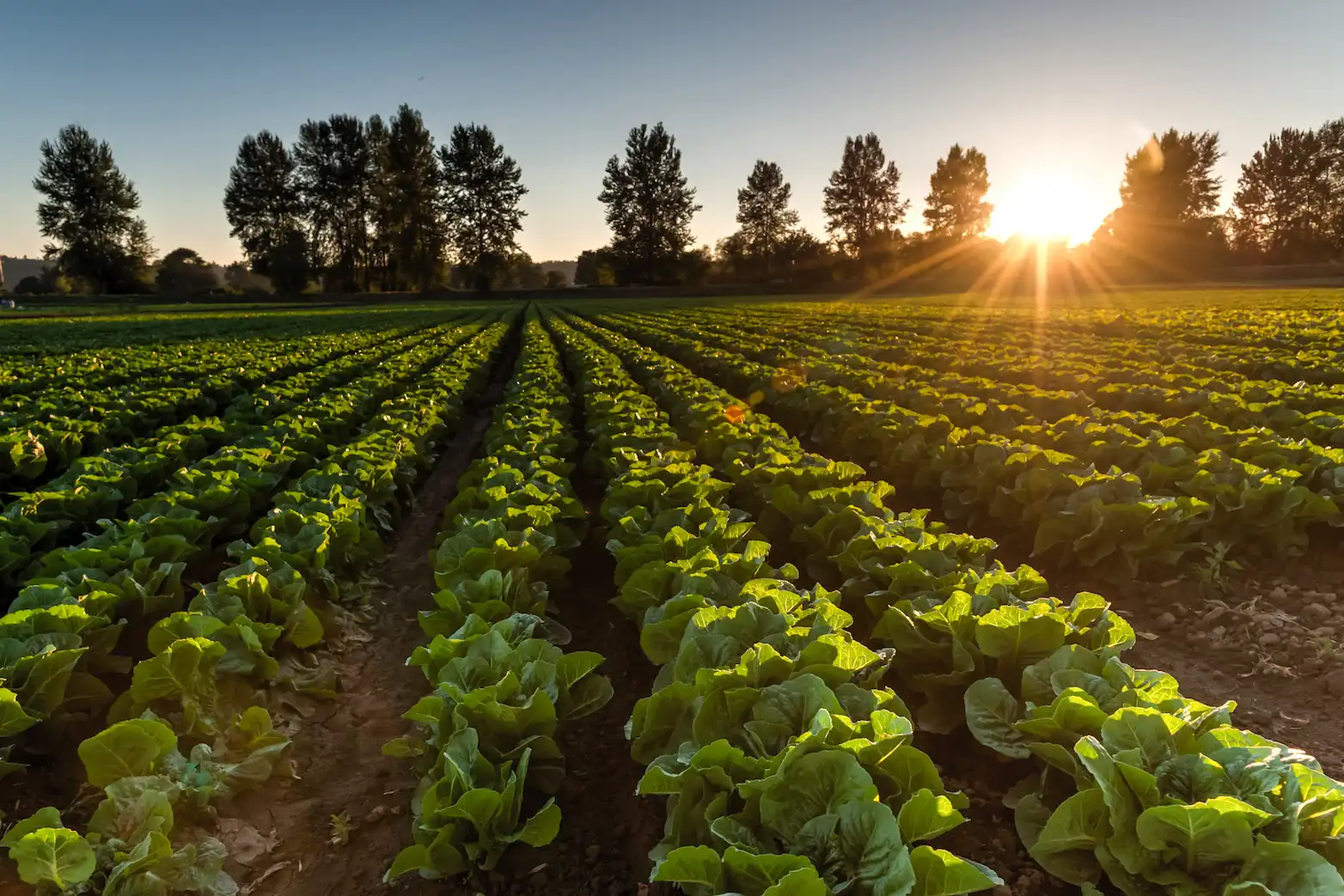
Which Seasons Are the Best for Farming?
Ask ten farmers what season they swear by, and you’ll get ten answers. For some, spring is magic. For others, fall feels like the payoff. Truth is, farming runs in cycles, and every season brings both rewards and headaches.
Let’s break down the year the way farmers actually live it.
Spring: The Great Reset
When the frost lifts, the ground opens for planting. Cool-season crops — spinach, lettuce, peas, carrots — thrive in this stretch. In the Midwest, it might be April before soil warms enough, while in Texas farmers are weeks ahead.
Livestock keep everyone busier than you’d think. Calving and lambing season means long nights, fresh bedding, and quick vet calls when newborns struggle. It’s a hopeful but exhausting time.
Summer: Work Without End
By July, fields are alive. Tomatoes, corn, peppers, cucumbers, melons — all push hard in the heat. Drive across Iowa and you’ll see corn climbing sky-high; head to Arizona and you’ll see irrigation lines running full tilt just to keep crops from burning out.
Pests hit hardest here. Aphids, beetles, caterpillars — they all know when food is plentiful. Farmers spend just as much time battling insects as tending crops.
Animals need constant care, too. Cows bunch under trees, chickens pant in the dust, and farmers haul water nonstop. Feeding schedules shift to dawn and dusk when it’s cooler.
Fall: Harvest and Hurry
Fall is payoff and panic rolled together. Pumpkins, squash, apples, broccoli, sweet potatoes — all ready at once. Wait too long and frost ruins it; pick too soon and quality drops. Farmers in northern states watch weather forecasts like hawks.
Soil needs attention, too. Cover crops like rye or clover get planted to hold nutrients through winter. They don’t bring cash now, but they make next year’s planting stronger.
Livestock prep starts early. Extra feed, fresh bedding, and reinforced barns help animals carry weight into colder months.
Winter: Planning Season
From the outside, farms look quiet under snow. Inside, winter is repair season. Tractors, barns, and fences all get fixed. Farmers pore over seed catalogs like it’s holiday shopping, mapping out rotations and budgets.
In warmer states, greenhouses or hoop houses keep harvests trickling in. Fresh herbs or salad greens in January feel like gold when the ground is frozen.
For livestock, cold brings its own grind. Water troughs freeze, bedding piles higher, and animals eat nearly double just to stay warm. Anyone who’s lugged buckets through snow knows this is no vacation.
Seasons Depend on Where You Farm
Not everyone follows the same playbook. In tropical regions, farmers think in wet and dry seasons, not four. A grower in Georgia pulls a tomato harvest while Minnesota fields still sit frozen. Local timing always beats general advice.
Making the Whole Year Work
Successful farmers don’t wait for one “good” season. They stack strategies to make all four work. Crop rotation builds soil health, mixed plantings spread out risk, and new tools — from soil sensors to weather apps — give better timing than guesswork ever could.
On the livestock side, births are often timed for spring, when survival is higher. It’s less about luck and more about syncing with nature’s rhythm.
So, Which Season Wins?
There isn’t a single winner.
Spring is planting and promise.
Summer is growth and sweat.
Fall is harvest and reset.
Winter is planning and endurance.
Farming isn’t about picking favorites. It’s about working with the year as it comes. That balance — not the season itself — is what keeps farms alive. For more seasonal insights like this, you can Join Daily Dose Insights News Latter and stay connected year-round.




Leave a Reply